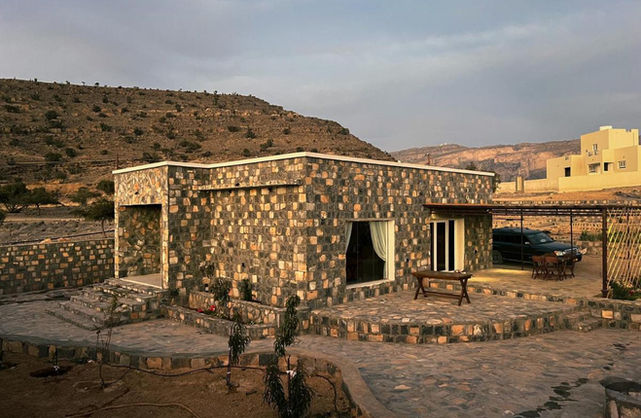
Welcome to the Sultanate of Oman, an Arab country on the southeastern coast of the Arabian Peninsula, located in West Asia. The country shares land borders with the United Arab Emirates to the northwest, Saudi Arabia to the west, and Yemen to the southwest, and shares marine borders with Iran and Pakistan.
The Sultanate of Oman is the only country in the world composed mostly of oceanic crust and rocks that originate from the Earth’s mantle. Evidence of continental drift can be witnessed in many of the unusual rock formations and topography around Oman, including the coastline around Muscat.
Muscat was established as the capital of the Sultanate of Oman in 1793. The metropolitan area (Muscat Governorate) spans 3,500 square kilometres and includes six provinces (Wilayats).



The country is ruled over by the Sultan and is governed by the Shari’a law. The sultans of Oman are members of the Al Bu Said dynasty, which has been the ruling family of Oman since the mid-18th century. The Sultan of Oman is both head of state and head of government. The Sultan is hereditary and appoints a cabinet to assist him.
Founder: Late His Majesty Sultan Qaboos bin Said Al Said
Current Sultan: His Majesty Sultan Haitham bin Tariq Al Said, Sultan and Prime Minister of Oman
“Our ancestors' ability to overcome challenges inspires us to proceed with nation-building, gaining insights from our established civilizational fundamentals in order to raise this great country to the highest position that it deserves.”
- His Majesty Sultan Haitham bin Tariq Al Said, Sultan and Prime Minister of Oman
Quick Facts
Languages: Arabic & English
Currency: Omani Rials (OMR)
2.60 USD = 1 OMR
Weather:
Oct to Apr: Winter (18 to 26°C)
May to Sep: Summer (37 to 48°C)
Jul to Sep: Monsoon (khareef) in Salalah
(Dhofar Governorate)(18 to 25 °C)
Capital: Muscat
Local time: GMT+4 hrs
Major Airports:
Muscat International Airport (MCT)
Salalah International Airport (SLL)
Oman is the third-largest country in the Arabian Peninsula, famed for its long coastline, high mountains and rugged canyons.
Muscat, Oman’s port capital, sits on the Gulf of Oman surrounded by mountains and desert. With history dating back to antiquity, it mixes high-rises and upscale shopping malls with clifftop landmarks such as the 16th-century Portuguese forts, Al Jalali and Mirani, looming over Muscat Harbor.
Dhofar is located in the far South of the Sultanate and borders the Wusta Governorate to the East, the Arabian Sea to the South, the Republic of Yemen to the West and the Kingdom of Saudi Arabia to the North and North-West.
Musandam is located in the extreme north of the Sultanate and faces the Strait of Hormuz, one of the world’s busiest shipping lanes.
Buraymi lies on the border of Oman and the United Arab Emirates. It is distinguished by significant historical monuments such as forts and other archaeologically important sites.
Dakhiliyah is situated in the heart of Oman and is rich in history, thanks to its role as the land link to the interior regions of Oman from Muscat.
North Batinah occupies a vital geographical location on the northern coast of the Sultanate, overlooking the Sea of Oman.
South Batinah is located on the north coast of the Sultanate of Oman, overlooking the Sea of Oman.
South Sharqiyah lies on the south-eastern coastline of the Sultanate of Oman. It has been a centre for maritime trade and fishing for many centuries.
North Sharqiyah is famous for the magnificent Sharqiyah Sands, an area of desert and dunes whose iconic landscapes make it a popular tourism destination.
Dhahirah is located in the north-western part of Oman. It is a semi-desert region, descending from the southern slopes of the western Al Hajar Mountains, and stretching towards the Empty Quarter desert region.
Wusta occupies an extensive area in central Oman, linking the north of the Sultanate with Dhofar in the South. It contains a large number of oil and gas wells.





